Indian vs Pakistani Small Arms. Part 1: The Main Service Rifle

A little over a week ago, a mass shooting near Pahalgam in the Indian-administered Jammu and Kashmir, where at least 26 tourists were killed, caused the biggest escalation of the India-Pakistan conflict in recent years. Troops are now rushed to the border, both sides are conducting large-scale military drills, and many expect that this escalation will turn into a full-scale war.
TFB decided to analyse the small arms fleets of both sides to see who might have the edge in the possible conflict. The editors asked me to share my thoughts about it, since I spend an extensive amount of time in both India and Pakistan, testing weapons and conducting small arms trials with various branches of the military and law enforcement units of these two countries.
I traveled around both countries for years and years, from Kolkata to Peshawar, from Karachi to Lucknow. On both sides of the border, I met plenty of smart and talented people who loved their countries, and some of them became some of my best friends.
I really hope this comparison remains purely theoretical. Any war is horrible, but the war between two countries with similar language and culture is especially terrifying for everyone involved. Let’s hope self-preservation will prevail, and we won’t see one more war that destroys the future of both sides involved in it.
Main service rifle of Pakistan
Both countries have a fascinating selection of rifles. For Pakistan, locally made German-designed G3 remains the main weapon of the infantry. Many like to dismiss this weapon as “outdated”, but I had a unique opportunity to see how it compares to modern designs.
In 2016, Pakistan conducted the largest small arms trials in recent history. Representatives from Belgian FN Herstal, Italian Beretta, Czech CZ, Serbian Zastava Arms, Turkish MKE, and a few other companies spent almost 6 months in Pakistan, subjecting their rifles to every imaginable test.
One part of the trial was conducted at the largest Pakistani small arms factory called POF (Pakistan Ordnance Factories). The tests were standardized and conducted in a very professional manner, which a lot of participants did not expect, thinking Pakistan does not have the infrastructure and know-how to carry out such trials.
The other parts of the trials were conducted by various units in different parts of the country, where every unit created its own set of weapon tests, at times quite peculiar.
I was there the entire time, working as the project manager and team leader for one of the participants. But that is a story for another time.
The old G3 was tested alongside FN SCAR, Beretta ARX 200, CZ Bren 2, and other modern rifles. It was a smart decision to see how much of an edge modern platforms give over the old G3.
Turns out - not that much. In terms of ballistics, accuracy, and reliability, G3 performed very well, despite the fact that rifles used in trials were ordinary guns from army warehouses, often slightly used, not some custom-made guns created specifically for the trials.
Advantages of the Pakistani service rifle: G3 is reliable, 7.62x51 packs a punch
Disadvantages of the Pakistani service rifle: there is no large-scale modernisation program, so soldiers generally are not issued any optics and cannot use other modern equipment such as lasers, magnifiers, etc.
Generally, soldiers who use 7.62x51 carry less ammunition compared to soldiers with rifles chambered for 5.56. However, it depends on SOPs and reality on the ground, when fighters quickly learn and start carrying x2 of their normal loadout.
Main service rifle of India
Despite multiple procurement programs, the indigenously designed INSAS remains the main service of Indian forces.
If you want to know more, check out my series of articles about INSAS, where I talk about the history of the platform and share my personal experience with this weapon system.
Advantages of the Indian service rifle: INSAS is slightly lighter and more compact compared to the G3.
Disadvantages of the Indian service rifle: reliability issues, low capacity magazines (20 rounds).
The ambitious INSAS modernisation program I previously wrote about has not been implemented yet, so the absolute majority of INSAS rifles still use original magazines and don’t have a way to securely mount optics.
But apart from the main service rifle, both countries use an array of other rifles in very significant numbers. Some of the most well-trained units in both armies opted for an entirely different weapon system, and we will dive deep into this in Part 2 of the article and try to determine who has an advantage.

Vladimir Onokoy is a small arms subject matter expert and firearms instructor. Over the years he worked in 20 different countries as a security contractor, armorer, firearms industry sales representative, product manager, and consultant. His articles were published in the Recoil magazine, Small Arms Review, Small Arms Defence Journal, Overt Defense and Silah Report. He also contributed chapters to books from the "Vickers Guide: Kalashnikov" series. Email: machaksilver at gmail dot com Instagram: https://www.instagram.com/vladonokoy/ YouTube: https://www.youtube.com/user/machaksilver
More by Vladimir Onokoy










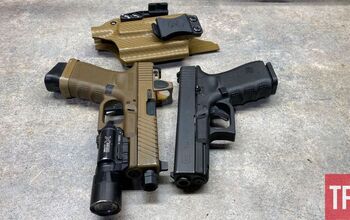
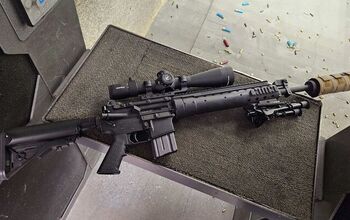
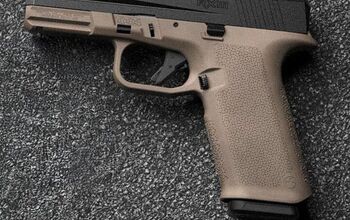


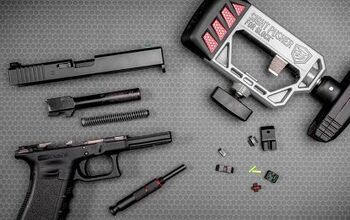


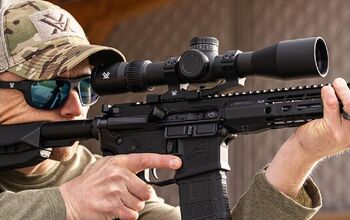



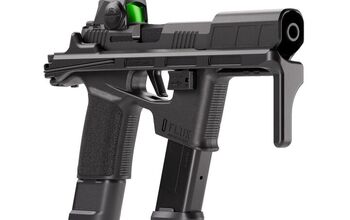


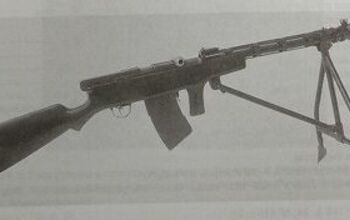

Comments
Join the conversation
Are there any available reports on the results of the Pakistani trials?
As an Indian I'd say Pakistan has the better battle rifle with the G3. Modernization isnt necessary for the average soldier, also G3s issued to soldiers in active regions can easily be outfitted like Swedish/Norwegion G3s by changing furniture. India has nicer AKs though and should have gone with the AK 308 instead of the SIG 716